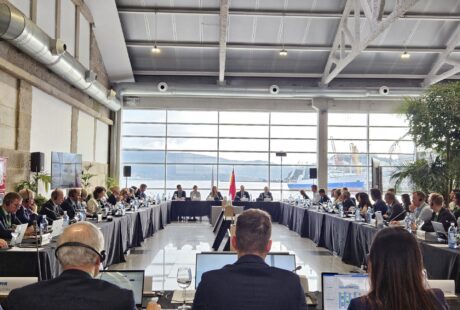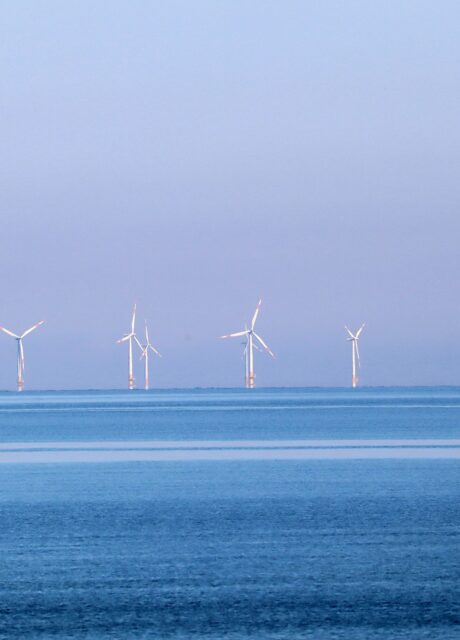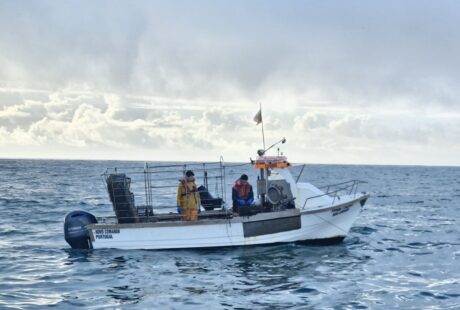Today’s aquatic food system is broken.
Recent crises such as the COVID-19 pandemic and the war in Ukraine, and subsequent shortages (like grain and energy supplies) show just how vulnerable our food system is. We are seeing firsthand how reliance on systems based on intensive animal farming and strong dependencies is dangerous and short-sighted, and our aquatic food system is no exception. More than ever, it is time for a shift towards systems that put people and planet first.
In the European Union, consumption of aquatic food such as fish and shellfish is damaging our environment, our economy, and our own health. With global fish consumption projected to increase by more than 18% by 2030 we need to rethink current models of overexploitation of our ocean and commit to ending overfishing, animal suffering and species extinction.
The system needs to change – but how? This is the focus of Seas At Risk’s latest report: Reducing the aquatic foodprint: Could algae and cell-cultured fish be low-impact alternatives to our current aquatic food system?
In this new report, Seas At Risk dives into the flawed aquatic food system, and explores potential low-impact alternatives to kickstart a conversation on the future of a low-impact and just aquatic food system.
Fishing is the biggest threat to marine biodiversity. And the pressure keeps piling up. While the global population has nearly doubled since the 1960s, fish consumption has grown fivefold. In the EU, this has led to the average person eating 24 kilograms of fish each year, way more than recommended by the World Health Organisation. Moreover, our current system of destructive wild fishing practices lurch ocean ecosystems into instability, therefore tipping the careful balance of ocean and climate. Aquaculture comes with concerns of its own: crowded fish farms lower fish well-being, while disease and invasive species-related risks are on the rise.
Our current aquatic food system forces illegal and unregulated fishing, setting off a wave of negative social effects such as competition issues, labour law breaches, inequality, and food insecurity in more vulnerable markets. The Food and Agriculture Organization of the United Nations (FAO) estimates that, if fish populations continue to drop due to large-scale, destructive fishing, more than 800 million people (mainly in developing countries) may face malnutrition, further interlinking human health with the ocean’s health.
Can algae and cultivated fish help us weather the storm?
Seas At Risk’s new report examines two potential solutions to fix the collapsing aquatic food system.
Cell-cultured, cell-based, or cultivated fish mimics the taste and nutritional benefits of conventional fish by growing it from fish cells rather than catching and killing live fish. The cultural significance of fishing, the scalability of the process, and the costs for consumers are all questions still to be answered.
The EU has pinpointed algae as a sustainable and job-creating opportunity for the aquatic food economy. It is growing in popularity, particularly in Asia, for offering the same nutrients as fish, but large-scale farming without damaging or depriving marine environments poses a major barrier.
Our aquatic food system needs sweeping change – this is crystal clear. More needs to be done to weigh up the various perspectives, potential risks and socio-economic and environmental impacts of alternative aquatic foods, and to find a way forward. This report by Seas At Risk encourages its members, interested partners and the wider pubic to look into the future of seafood and join the conversation.
Read the full report here.
Posted on: 3 November 2022



